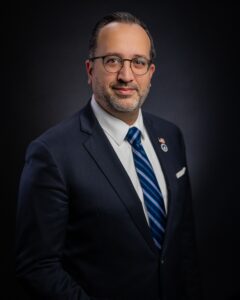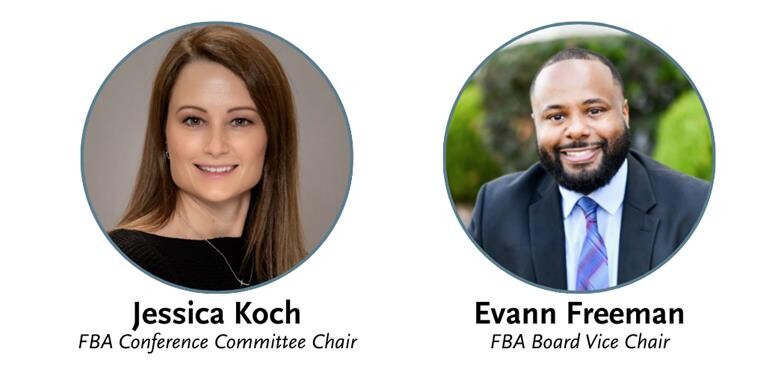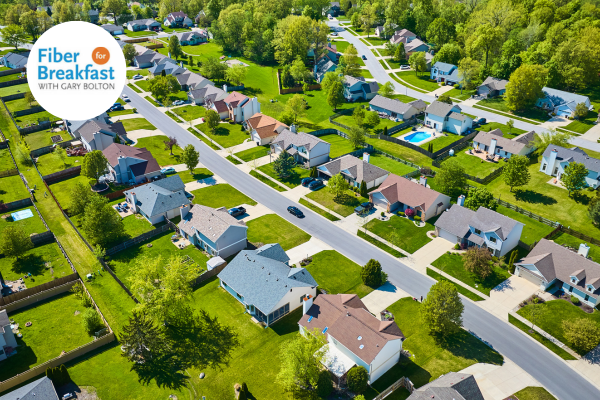Fiber From Danbury to West Des Moines
On June 4, 2025, civic leaders, state officials, and industry representatives will gather together in Nashville, Tennessee for the second annual State Broadband Summit being held at Fiber Connect 2025. One feature of the summit is the “Mother Mayor I Deploy Fiber” fireside chat, where elected executives from several cities will discuss their challenges, solutions, and benefits in deploying fiber within their communities.
Danbury, Connecticut and West Des Moines, Iowa are two very different towns with leadership in search of the same goals, improved public safety, better quality of life, and continued economic development. Fiber continues to play a vital part in reaching these objectives, but the two areas are taking different approaches for their citizens.
Once known by the nicknames of Beantown and Hat City, the city of Danbury today has about 86,000 residents and encompasses about 44 square miles. Currently operating a 10 Gbps fiber network between its primary facilities and agencies, including City Hall, the public works complex, and police and fire departments, Danbury is embarking on a major expansion to extend its network across the town.
It’s been a challenge to secure the funds for needed connectivity upgrades. “In municipal government, you find creative ways to fund anything,” said Danbury Mayor Roberto Alves, “We’ve gotten $6.9 million from the state through LOTCIP, t. We’re getting fiber put in because it’s going to improve traffic lights [management] and we get all the benefits of fiber for every other purpose. We want to capitalize on that.”

Once installed, Danbury will have 40 miles of new fiber to support centralized traffic signal management and cameras to monitor traffic flow. The Mayor is hopeful the network will also facilitate upgrades to other city services, including connectivity for every city building and additional robustness and redundancy for the city’s 911 call center. Connectivity for the city’s five current fire stations, with a sixth under construction, would be migrated from three existing separate providers onto the new fiber.
“These are public service enhancements,” said Alves. “While we can talk about other benefits for the city and its residents, public safety is always first and foremost. But this fiber can also be used for health care and other, more efficient use of digital communication services. We’re looking at broad ways to capitalize on fiber to enhance what the city of Danbury is doing.”
Migrating the city’s 20 schools from their current portfolio of diverse providers and networks on city fiber is another opportunity for providing better services while saving money for taxpayers. From a construction standpoint, the state of Connecticut has provided a very friendly regulatory environment for municipalities, allowing towns and cities to deploy communications cable overhead on utility poles or underground within the city limits. Commercial entities deploying fiber, such as new entrant GoNetSpeed, need to work with the utility companies for the appropriate licensing agreements, with the local government facilitating when it can.
“We work very closely, hand in hand, to make that process as easy as possible,” said Alves. “I know people think Connecticut and think overregulation and it’s not a business-friendly place, but that couldn’t be further from the truth. We work really well with the business community and learn from them. Where there’s opportunities to make things better for them to operate, we do. And I’m lucky to have a partner in Governor [Ned] Lamont, who comes from the business sector through communications.”
Alves views fiber as one component to revitalize downtown and bring new businesses to main street. “Fiber is just one piece of the puzzle,” he said. “I look at everything we’re doing like we’re putting this jigsaw puzzle together to create a beautiful picture, a mosaic. To me, I go back to the benefits of fiber and what it means to your business community. It enhances economic growth. We want to be a smart city and leverage fiber to get us there. Consolidating broadband connections from a couple providers to the city network, we’re going to see savings.”
More efficient and effective government services delivered through fiber as well as multiple high-speed broadband options from different service providers should offer Danbury a competitive edge over other cities in the state, providing benefits such as smart infrastructure, robust mobile services, and a sustainable telecommunications network.
“All those benefits of the features of fiber, then translate into our sales pitch for the business community,” said Alves. “I talk about fiber as one of the key initiatives that we’re doing as part of the value-add of investing in our community. You leverage that, you show what you’re doing, because businesses are looking for cities that are ahead of the curve and making sure they’re doing everything to do to get where they are. That’s what we want to do here.”
Danbury is served by a mix of providers, with Comcast and Frontier the incumbents and GoNetSpeed deploying a new fiber that is expected to reach many currently unserved locations throughout the city as well as providing additional competition on residential and business service pricing.
West Des Moines Concrete Infrastructure Investment
A major economic hub and with a population of approximately 76,000, West Des Moines, Iowa spans four counties in the state and hosts five Microsoft data centers along with a corporate campus of Wells Fargo, and the headquarters of Sammons Financial Group, IMT Insurance, Athene and the Hy-Vee grocery store chain.
“We’ve got a lot of incredible businesses here and we really punch above our weight class for a city of our size,” said West Des Moines Mayor Russ Trimble. “ChatGPT was developed here in one of the Microsoft data centers.”

Trimble and the West Des Moines government adopted a novel approach to communications that required a leap of faith and significant capital investment but opened the door to providing a marketplace for multiple providers and continued competition on price and services.
“We took a look at our right of way,” said Trimble. “Our right of way was what I like to refer to as like a college stereo system. There were utilities everywhere. The right of way was becoming overcrowded and unmanageable in certain areas of the city. We thought, ‘Why don’t we look at running conduit throughout the city to take care of that? It will clean up the right of way.’”
In addition, the city surveyed residents in 2015 as a part of its work in writing WDM 2036, a roadmap for future economic development. High-speed, affordable, reliable broadband emerged as the most important utility people wanted to incorporate in their daily lives, on par with other essentials such as water and electricity.
These two issues led to a city-funded project launched in 2020 to build a city-owned city-wide conduit network, solving two problems at once.
“We thought if we do this conduit network and run it in front of every resident, home, business, and offer a space for internet service providers to go in to snake their fiber through, we are going to not only clean up our right of way, but we’re going to meet the number one thing that citizens said was important to them, and that is having high speed, affordable, reliable broadband, more competition, more providers in the area,” said Trimble.
As Wes Des Moines started working on how to finance the project, GFiber (formerly Google Fiber) heard about the effort and showed up at City Hall wanting to lease space in the to-be-built conduct network to provide fiber service citywide.
“The revenue that we were going to be getting every year from GFiber was going to be enough to help us to get this conduit put across the entire city in a much faster way manner than we originally had planned,” said Trimble. “Over a four-year period, we ran our city conduit throughout the entire city, in front of every business, every residence. It was 40,000 some different properties that we ran through in the right of way.”
Mainline conduit across the city is designed to provide space for multiple providers’ fiber, with city-owned conduit going into individual neighborhoods able to support two providers worth of cable. Trimble estimated the entire project cost $60 million to $70 million, funded by bonds that are paid off through a combination of leasing revenue by GFiber, Lumen, Mediacom, and other service providers taking advantage of the availability and a separate debt service levy.
“Running the conduit through the entire city and in front of every resident and business has taken away barrier to entry for different providers and it’s allowed for competition,” said Trimble. “We have some providers that do not provide service citywide but just lease parts that they need. “Probably two or three of those at least and we expect to have more.”
While financing and building the city-owned conduit was a “heavy lift,” said Trimble, having the pre-built infrastructure has made it substantially easier and faster for other service providers to come into the city, using what is available for their needs in some cases. Since the city owns and operates the conduit and associated vaults, permitting is faster, as is delivering residential services.
For new entrants, the only construction challenge are areas off the main conduit run with the branches where two providers are already in place in the local neighborhood runs, leaving them with the responsibility and expense to secure permitting and build from a nearby vault to where they need to deliver service.
Looking back, Trimble has no regrets despite the hard work it took to implement the conduit system, but providing infrastructure that is as important as streets and sewers was needed and necessary.
“Running conduit in front of every home and business in your city is certainly not a project for the faint of heart,” Trimble said. “It was great risk and it’s been absolutely incredible reward. It’s done everything we wanted to and more. It was certainly not an easy project, having to communicate with every one of the homeowners and businesses, having to restore each one of those right of ways to get it back to how it looked before we got into it.”





